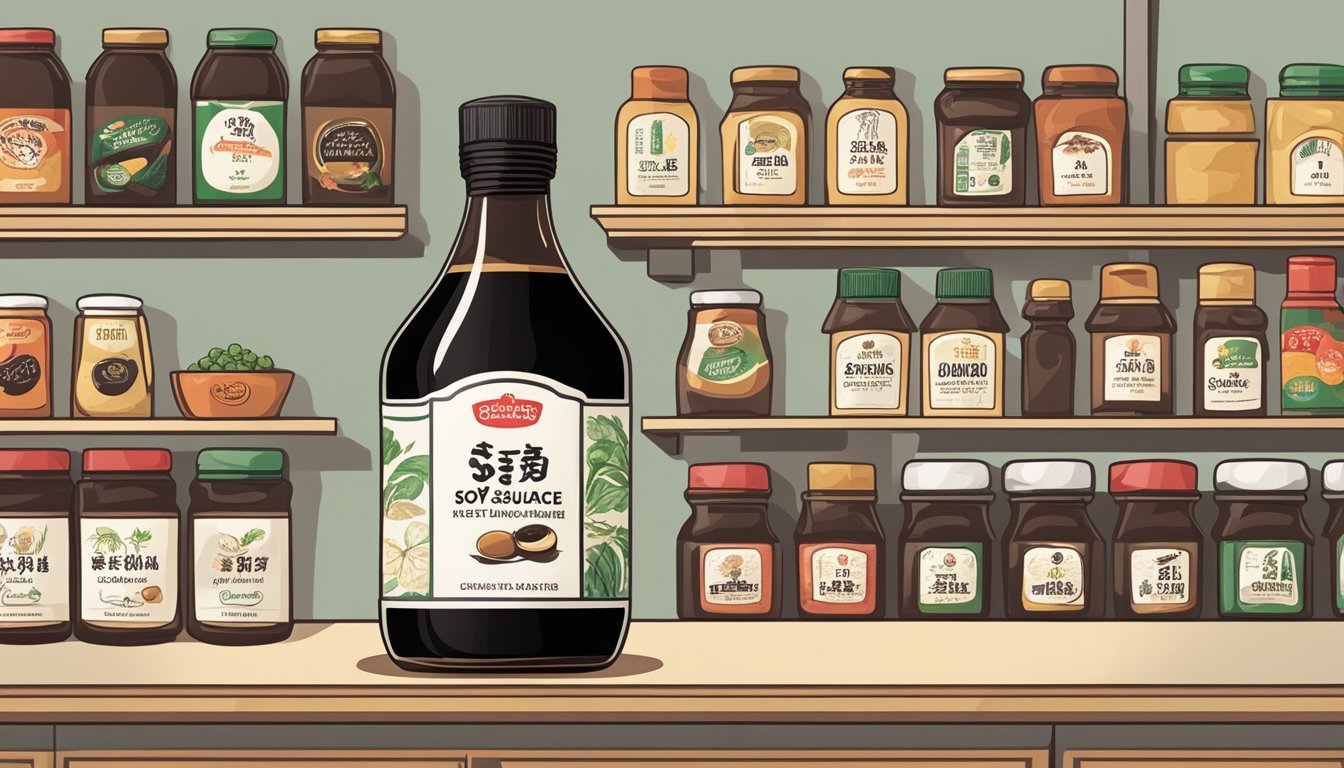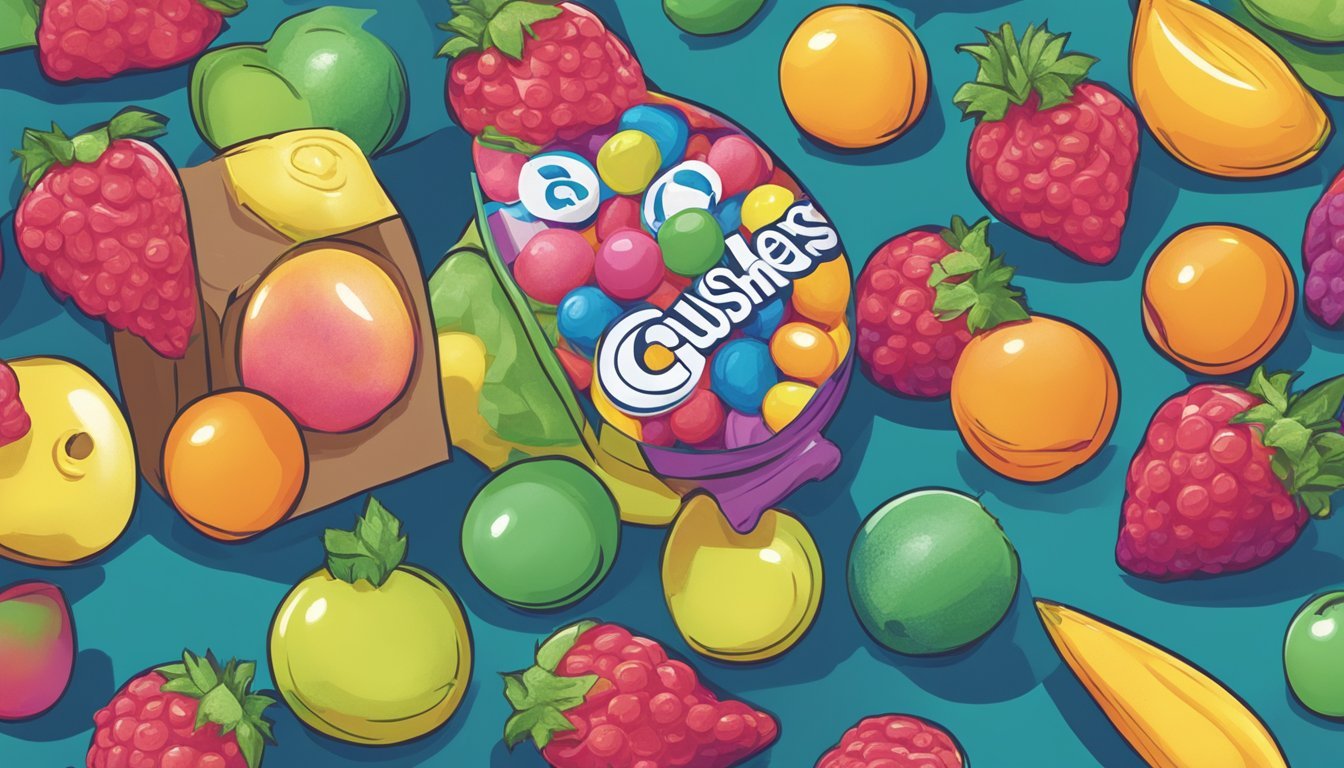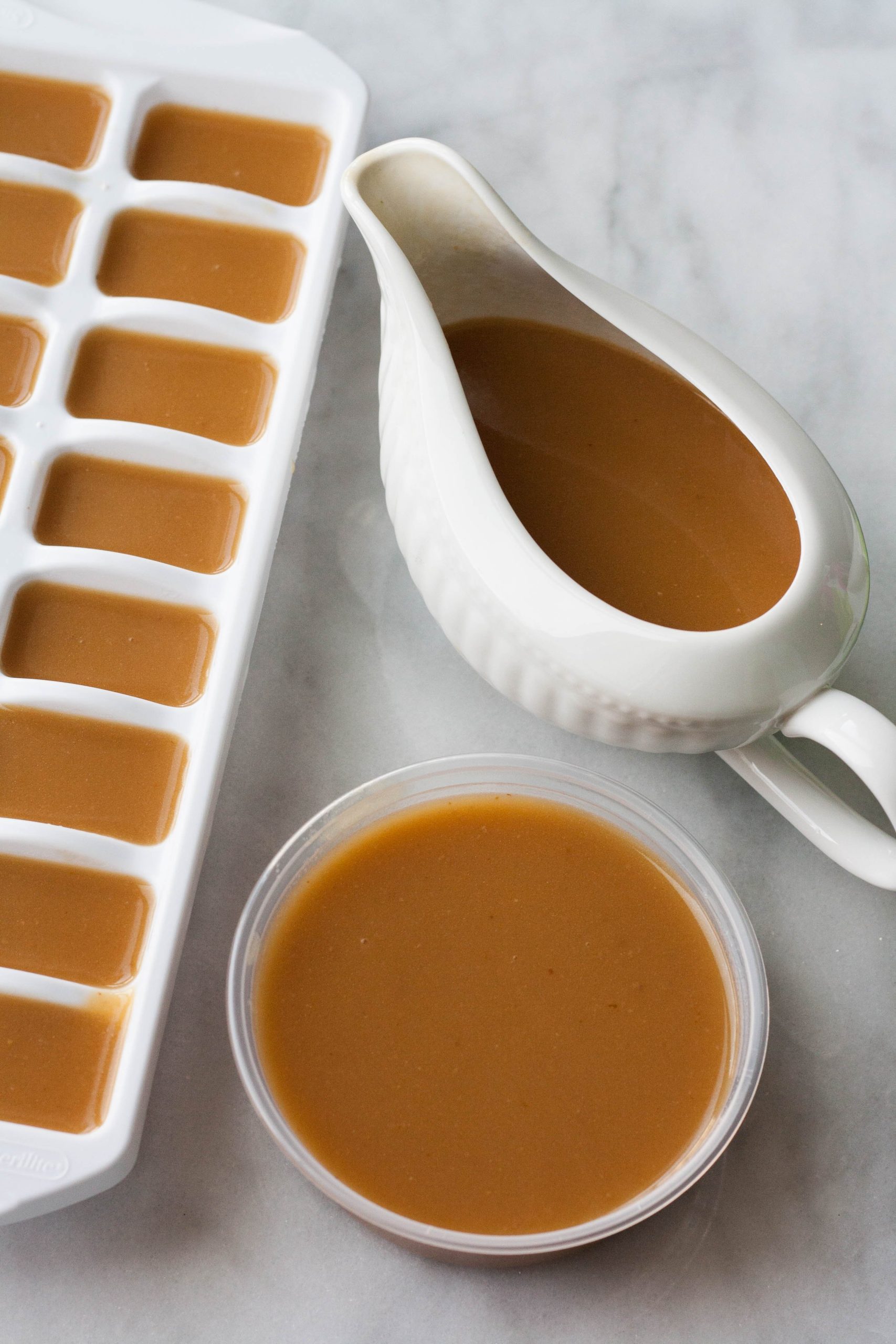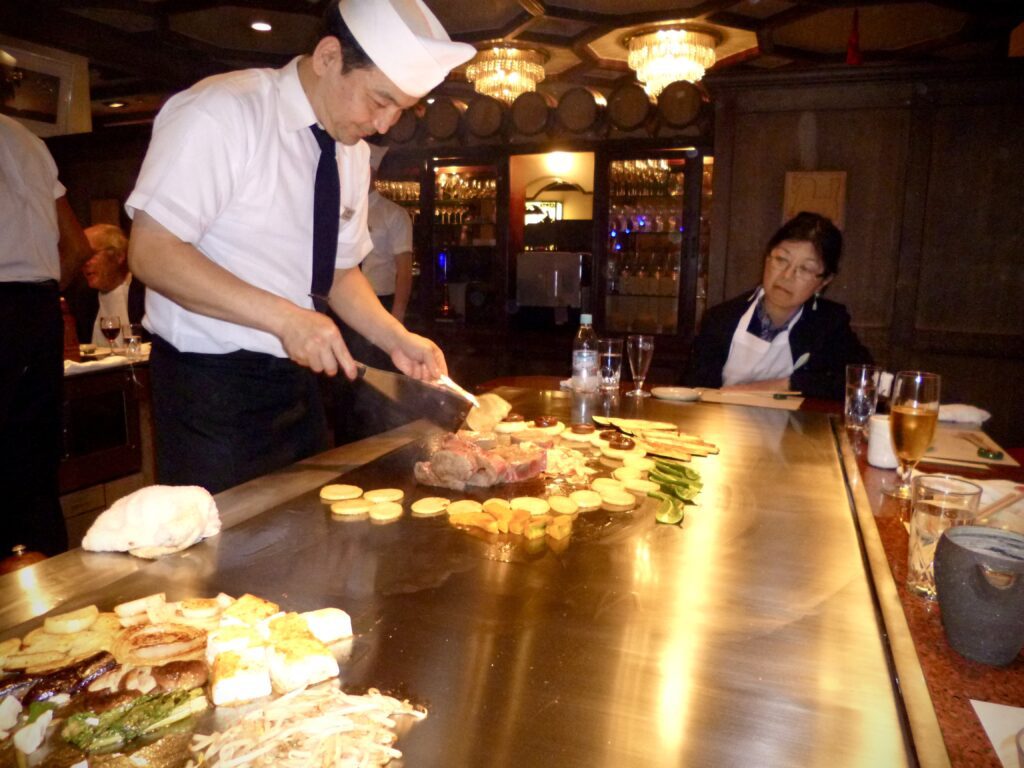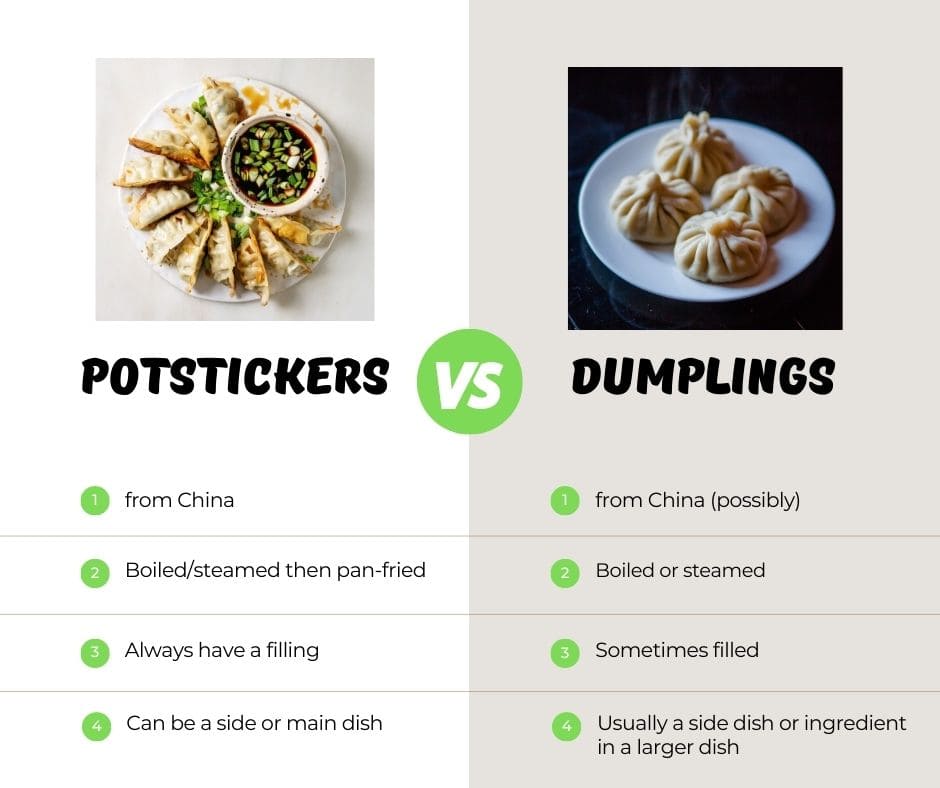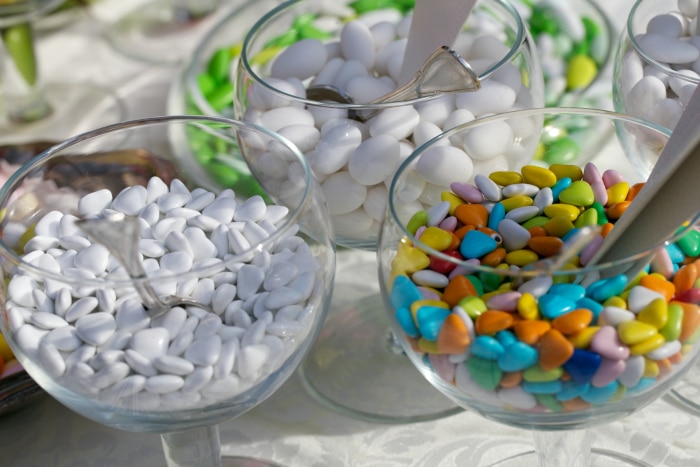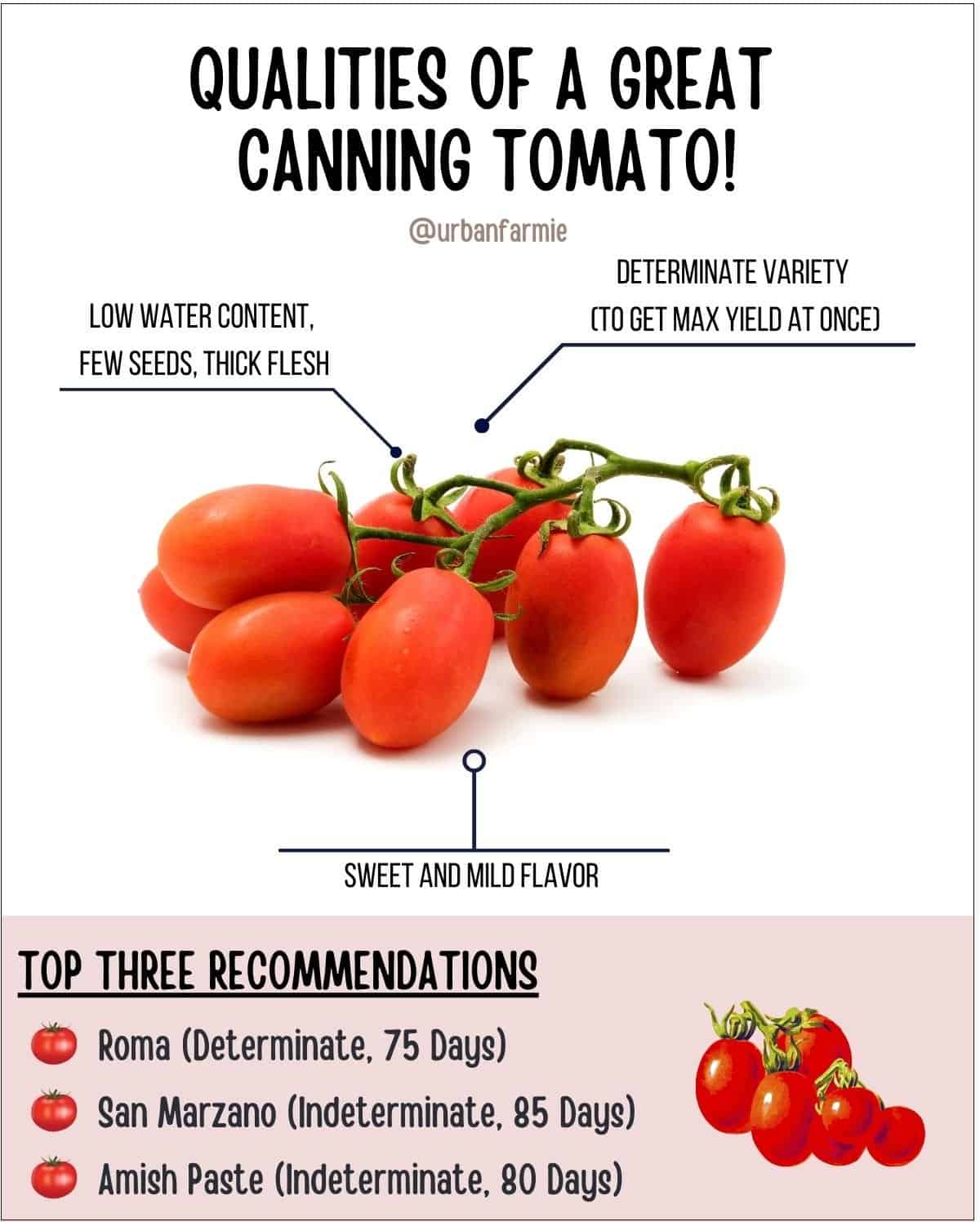How Long Does Soy Sauce Last? Shelflife, Storage Tips, and Safety
– Properly stored soy sauce does not generally go bad and can be consumed even after several years.
– The high sodium content in soy sauce makes it safe to consume even after several years.
– Regular soy sauce can last indefinitely when unopened.
– An opened bottle of soy sauce can retain its quality for up to six months in the kitchen and up to two to three years when refrigerated.
– Shoyu and tamari, Japanese-style soy sauces, can last up to two years when unopened and stored in a cool and dry place.
– Once opened, the peak flavor of shoyu and tamari lasts for about three months.
– Changes in color and flavor over time in soy sauce are not harmful but indicate oxidation.
– Mold development is a sign to discard soy sauce.
– Soy sauce has a best-before date, and if stored properly, it can be used even after that date.
– Floating particles or a foul odor indicate that soy sauce is spoiled.
– Soy sauce can be stored in the refrigerator to retain its flavor longer.
– Adding water or other ingredients to soy sauce can cause it to spoil.
– It is advised to store soy sauce in a cool and dry area, away from heat sources.
– After opening, soy sauce should be stored at room temperature in the original bottle with a tight screw lid.
